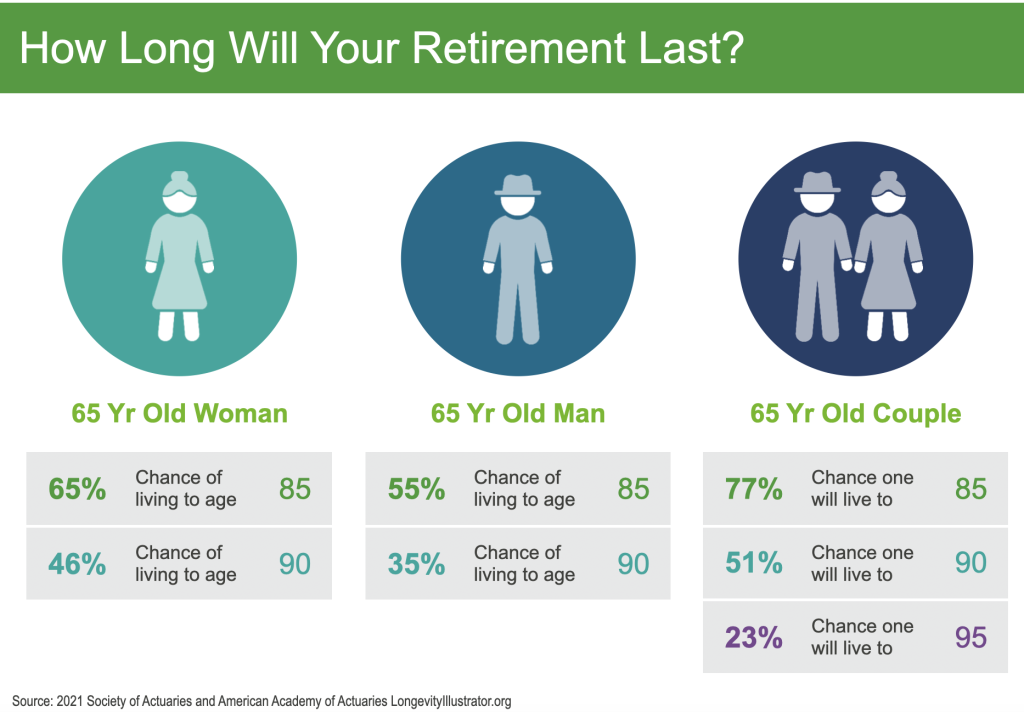
Understanding Retirement Planning: Monthly Expenditures for Individuals 65 and Older
As individuals approach their 60s, the prospect of retirement prompts a reevaluation of financial strategies. A crucial aspect of this planning is understanding the average monthly spending for retirees aged 65 and older. While personal spending habits vary, examining these averages provides valuable insights for smarter retirement planning and ensuring a more comfortable life in later years.
Average Retirement Spending:
According to the Bureau of Labor Statistics (BLS) in 2021, the average income for individuals aged 65 and older was $55,335, with average monthly expenses totaling $52,141. This translates to an approximate monthly spending of $4,345. Interestingly, the BLS also observed variations in spending based on age. Younger retirees, aged 65 to 74, had higher expenses at $4,870 per month, compared to their older counterparts aged 75 and above, whose monthly expenditures were lower at $3,813.
Factors to Consider in Retirement Planning:
While these averages provide a broad overview, it’s crucial to recognize that they may not accurately reflect individual circumstances. To determine your retirement needs, a personalized assessment of your current spending habits is essential. Consider these factors:
1. **Lifestyle Choices:** Your desired lifestyle in retirement significantly influences your spending. Whether you plan to travel, engage in hobbies, or maintain a modest lifestyle, these choices impact your financial requirements.
2. **Healthcare Costs:** Healthcare expenses tend to increase with age. Factoring in potential medical needs and long-term care is vital for a comprehensive retirement plan.
3. **Debts and Housing:** Evaluating existing debts and housing arrangements is crucial. Some retirees may have mortgage payments, while others may have downsized or paid off their homes, affecting monthly expenses.
4. **Inflation and Cost of Living:** Accounting for inflation and the rising cost of living is imperative. Over the course of retirement, expenses may increase, and failing to adjust for these changes can jeopardize financial stability.
5. **Social Security and Pension Income:** Consider any anticipated income from Social Security or pensions. Understanding your guaranteed income helps in assessing the gap that needs to be covered through personal savings.
Conclusion:
While the average monthly spending for retirees provides a baseline, individual circumstances play a significant role in retirement planning. By evaluating current spending habits and considering various factors such as lifestyle choices, healthcare, debts, inflation, and income sources, individuals can create a more accurate and personalized retirement plan. This proactive approach ensures a smoother transition into retirement and a financially secure and comfortable life during the golden years.

